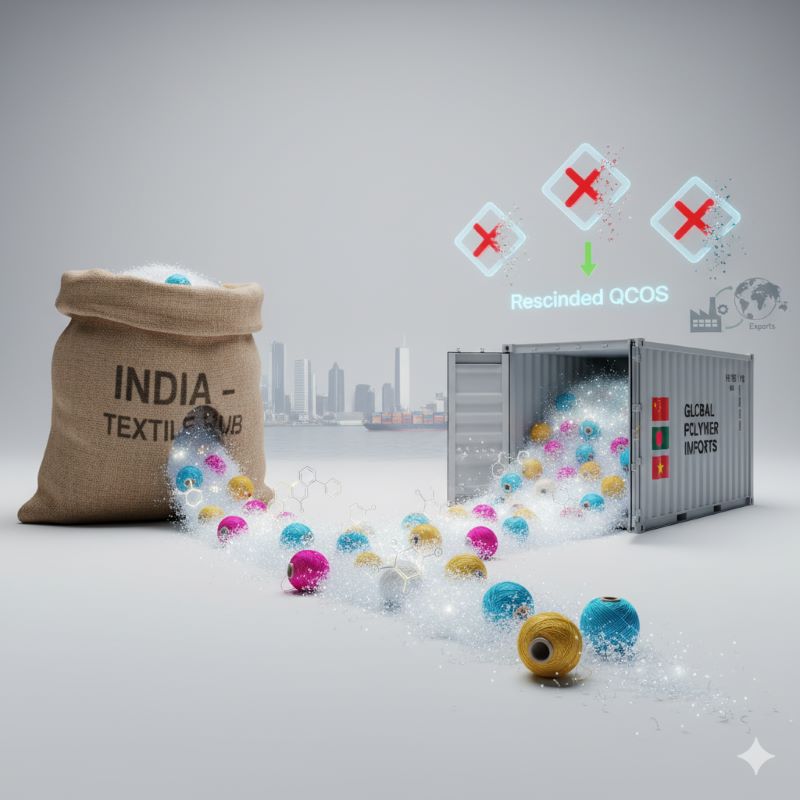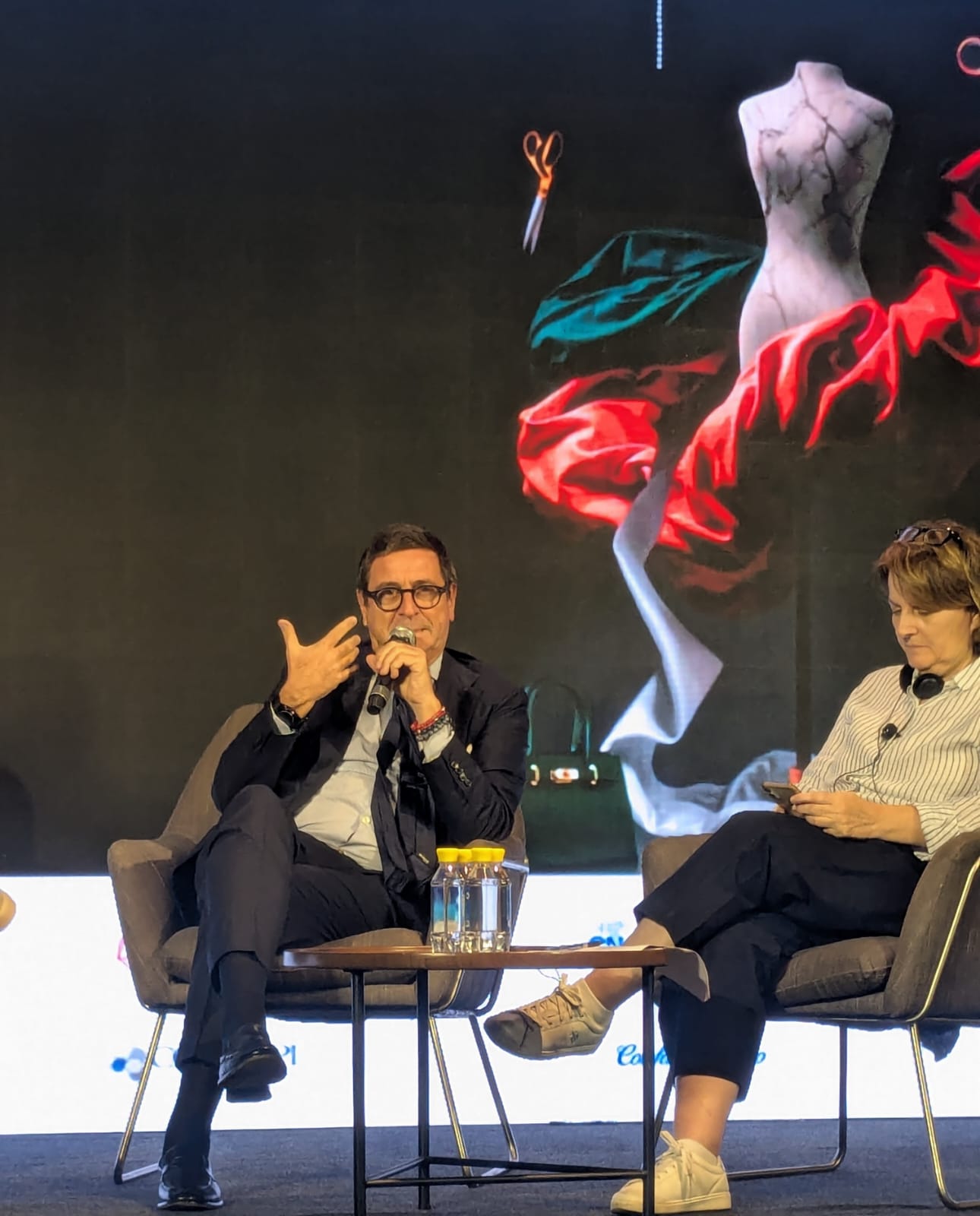
San Francisco, May 20, 1873 is one of fashion’s iconic dates that are going to be etched in history forever. On this day, the US saw the birth of blue jeans. Levi Strauss and Jacob Davis obtained a US patent on the process of putting rivets in men's work trousers for the very first time. At that time, the proud inventors of the blue jeans would not have known how this humble bottom wear for manual labourers would not only take the world by storm but also become an enduring and loved clothing item forever. They knew even less that the humble pair of jeans consumes 3,800 litres of water as it journeys from the cotton fields to factories and then on the wardrobe. With the fashion industry being accused of being one of the key players in depleting the earth’s resources and contaminating its surfaces, brands are trying their best to work out innovative solutions. In the case of Levi Strauss & Co, it was their Water Action Strategy.
Water Action Strategy 2025
Levi Strauss & Co. is aiming to do its part to save as much water as it can, particularly where it matters most, which is through its production processes. In 2019, the brand had announced a new Water Action Strategy where it committed to reduce the amount of water used in manufacturing in highly stressed areas by 50 per cent by 2025, those areas being home to half the world’s population.
The pledge made through the Water Action Strategy is that the manufacturing units of Levi Strauss & Co in such water-stressed areas will only use as much water as can be naturally replenished. As a spokesperson of Levi Strauss *& Co mentions, “To this end, we will help all of our key suppliers (representing 80 percent of total product volume) become distinguished Water<Less® facilities by 2025.” In the same communiqué, Liz O’Neill, Executive Vice President and President of LS&Co.’s Global Product, Innovation and Supply Chain said, “The Water Action Strategy announcement is an illustration of what sustainability means to us now: innovative, responsive, scalable programs that drive impact and inspire collective action to address the most pressing social and environmental issues facing our business, industry, and planet.”
Implementing Water Action Strategy
The first changes were innovation in design and manufacturing pipeline, having saved 3 billion liters of water since those changes were undertaken in 2019. Levi’s is using the best available water-stress data to develop manufacturing facility-level targets that addresses local water stress. If a factory or fabric mill meets its target by adherence to sustainable consumption levels appropriate for its local region – then that facility and its products receive the Water<Less® distinction. Through this targeted, contextual approach the brand believes it will make significant progress towards alleviating local water stress where it operates Furthermore, Levi Strauss is helping its key suppliers achieve the Water<Less® designation by 2025, utilizing tools and programs like its existing Water<Less® techniques, its collaboration with the Apparel Impact Institute’s Clean by Design program, and its partnership with the International Finance Corporation’s Partnership for Cleaner Textiles (PaCT).
Blue Jeans Go Green: The denim recycle programme
The Blue Jeans Go Green™ program collects cotton-made denim so that it can be recycled back to its original fiber state and transformed into something new - because cotton is a natural, sustainable fiber, and old and discarded denim can be kept out of a landfill and given a new life. A part of the garment industry’s move towards circularity, Blue Jeans Go Green has made an impact in the US. Since its inception, more than 4.5 million pieces of denim have been collected, over 2,290 tons of textile waste has been diverted from landfills, and more than 9 million square feet of insulation has been manufactured.












